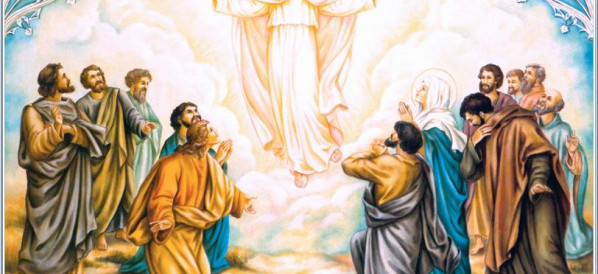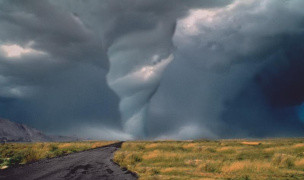 20 Terms
20 TermsHome > Terms > Serbian (SR) > скулптура
скулптура
Sculpture is three-dimensional art made by one of four basic processes. These are carving (in stone, wood, ivory or bone); modelling in clay; modelling (in clay or wax) and then casting the model in bronze; constructing (a twentieth-century development). The earliest known human artefacts recognisable as what we would call sculpture date from the period known as the Upper Paleolithic, which is roughly from 40,000 to 10,000 years ago. These objects are small female figures with bulbous breasts and buttocks carved from stone or ivory, and are assumed to be fertility figures. The most famous of them is known as the Venus of Willendorf (the place in Austria where it was found in 1908). Sculpture flourished in ancient Egypt from about 5,000 years ago and in ancient Greece from some 2,000 years later. In Greece it reached what is considered to be a peak of perfection in the period from about 500-400 BC. At that time, as well as making carved sculpture, the Greeks brought the technique of casting sculpture in bronze to a high degree of sophistication. Following the fall of the Roman Empire the technique of bronze casting was almost lost but, together with carved sculpture, underwent a major revival at the Renaissance. In the twentieth century a new way of making sculpture emerged with the Cubist constructions of Picasso. These were still life subjects made from scrap (found) materials glued together. Constructed sculpture in various forms became a major stream in modern art. (Constructivism; Assemblage; Environment; Installation; Minimal art; New Generation Sculpture. ) Techniques used included welding metal, introduced by Julio González, who also taught it to Picasso. (See also for example David Smith; Reg Butler. )
- Besedna vrsta: noun
- Sinonim(-i):
- Blossary:
- Industrija/področje: Art history
- Category: General art history
- Company: Tate
- Proizvod:
- Akronim/okrajšava:
Ostali jeziki:
Kaj želite sporočiti?
Terms in the News
Featured Terms
Ускрс
An annual Christian festival in commemoration of the resurrection of Jesus Christ, observed on the first Sunday after the first full moon after the ...
Sodelavec
Featured blossaries
Browers Terms By Category
- Conferences(3667)
- Event planning(177)
- Exhibition(1)
Convention(3845) Terms
- SAT vocabulary(5103)
- Colleges & universities(425)
- Teaching(386)
- General education(351)
- Higher education(285)
- Knowledge(126)
Education(6837) Terms
- General astrology(655)
- Zodiac(168)
- Natal astrology(27)
Astrology(850) Terms
- Ceramics(605)
- Fine art(254)
- Sculpture(239)
- Modern art(176)
- Oil painting(114)
- Beadwork(40)





